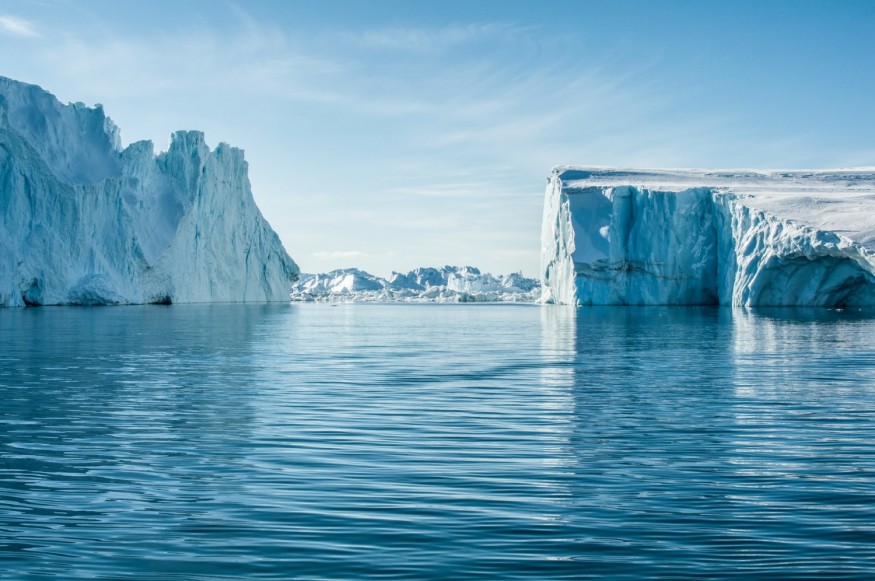In the 2004 film "The Day After Tomorrow," scientist Jack Hall investigates the Antarctic past only to uncover an impending Ice Age, making paleoclimatology - the study of Earth's former climate - pop-culture renowned.
Paleoclimatology can assist us in comprehending the effects of current and future climate change. New research on Greenland's ice sheet reveals how far into the future we can see - and it's not pretty.

Studying Historical Ice
Between the last interglacial era 125,000 years ago and 2100, research published in the journal PLOS ONE modeled changes to the Greenland ice sheet, a massive body of ice covering 1.63 million kilometers.
For the first time, the study indicates the magnitude of the delayed reaction that might occur if the Greenland ice sheet melts due to changing temperatures, with significant consequences for the impact of current climate change on melting Arctic ice.
"The history of the ice sheet in the past informs us that the reaction of ice volume to climate change is delayed by many millennia," says Hu Yang, a study co-author and researcher at the Alfred Wegener Institute Helmholtz Center for Polar and Marine Research.
Related Article : Melting of Enormous 'Mega-Iceberg' Released 152 Billion Tons of Water Into the Ocean
Significant Discoveries
According to Inverse, there are three significant discoveries that emerged from the scientists' models, which modeled the Greenland ice sheet across time:
- Even though the dramatic climatic change had begun many thousand years before these dates, the ice sheet reached its greatest and minimum volumes approximately 17 to 18,000 years and 5 to 6,000 years ago, respectively.
- The scientists find that alterations to the Greenland ice sheet took "many millennia" to catch up with actual climate change events.
- Greenland's environment got colder between 8,000 years ago and the pre-industrial era. The Greenland ice sheet expanded in bulk until the second half of the twentieth century. However, temperatures began to rise in the 1850s after the Industrial Revolution.
In other words, the impact of global warming on the ice sheet's volume was delayed.
All of this means we won't necessarily watch Greenland's ice sheet melt in real-time as global temperatures dangerously climb. To witness the full consequences of climate change on the ice sheet, we may have to wait millennia.
Slowing Climate Change
"The findings suggest that [the Greenland ice sheet] has slowed climate change in the past and will continue to do so in the future," Yang adds.
The research also illustrates how previous climatic change, or paleoclimate, has a long-term impact on the melting of the Greenland ice sheet today.
In addition to that, Yang states that historic climactic changes must have impacted the evolution of the Greenland ice sheet.
Studying Various Models
The researchers used various earth system and ice sheet models, including one developed by the Alfred Wegener Institute, to predict changes in the amount of the Greenland ice sheet between 125,000 years ago and 2100.
The researchers' terrifying new results on this enormous Arctic ice sheet prove that the past influences the present.
According to Science Direct, scientists have previously established a relationship between global warming and melting ice in Greenland and the Arctic Circle. The repercussions of glacier melt are already seen, increasing sea levels posing a severe danger to coastal towns.
"In the worst-case scenario of global warming, melting of the Greenland ice sheet might raise sea level by tens of millimeters within this century," Yang adds.
However, according to this new study, we may not experience the worst consequences of ice melt in our lifetimes, perhaps causing us to underestimate the severe implications of climate change on both this massive ice sheet and sea-level rise.
Also Read: Experts Warn of Dramatic Sea Level Rise if Antarctic Volcanoes Erupt
For similar news, don't forget to follow Nature World News!
© 2025 NatureWorldNews.com All rights reserved. Do not reproduce without permission.





